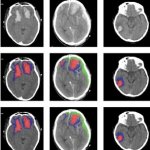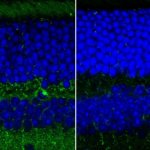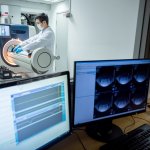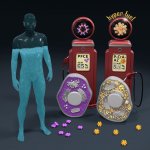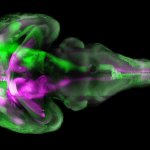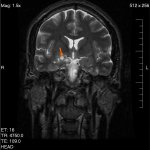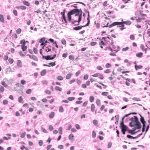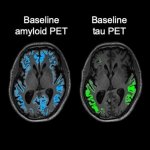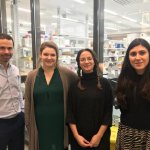
News • A 'safety net' for better drug delivery
Ultra-thin fibres to protect nerves after brain surgery
The drug nimodipine could prevent nerve cells from dying after brain surgery. Pharmacists at Martin Luther University Halle-Wittenberg (MLU), in cooperation with neurosurgeons at University Hospital Halle (Saale) (UKH), have developed a new method that enables the drug to be administered directly in the brain with fewer side effects. Their findings were published in the European Journal of…



